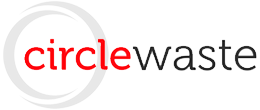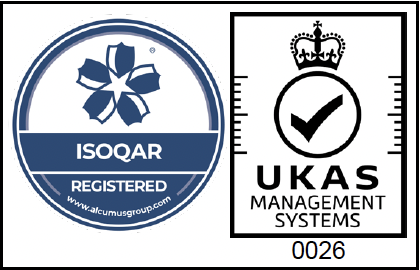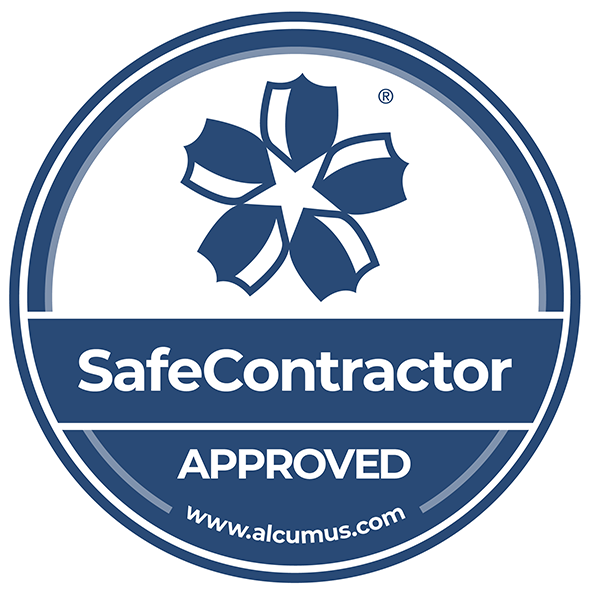What are known as the famous 5 when it comes to managing waste?
Usually we put recycling on top of everything, but today on the 5 R process, it comes in last. Five actions should respectively be taken if possible before recycling any products. These R’s include: refuse, reduce, reuse, repurpose and finally, recycle. This is an important methodology for businesses to follow to ensure they can reduce waste and boost their recycling efforts. This ultimately lessens the amount of waste that will end up in landfill and will optimise your recycling programs.
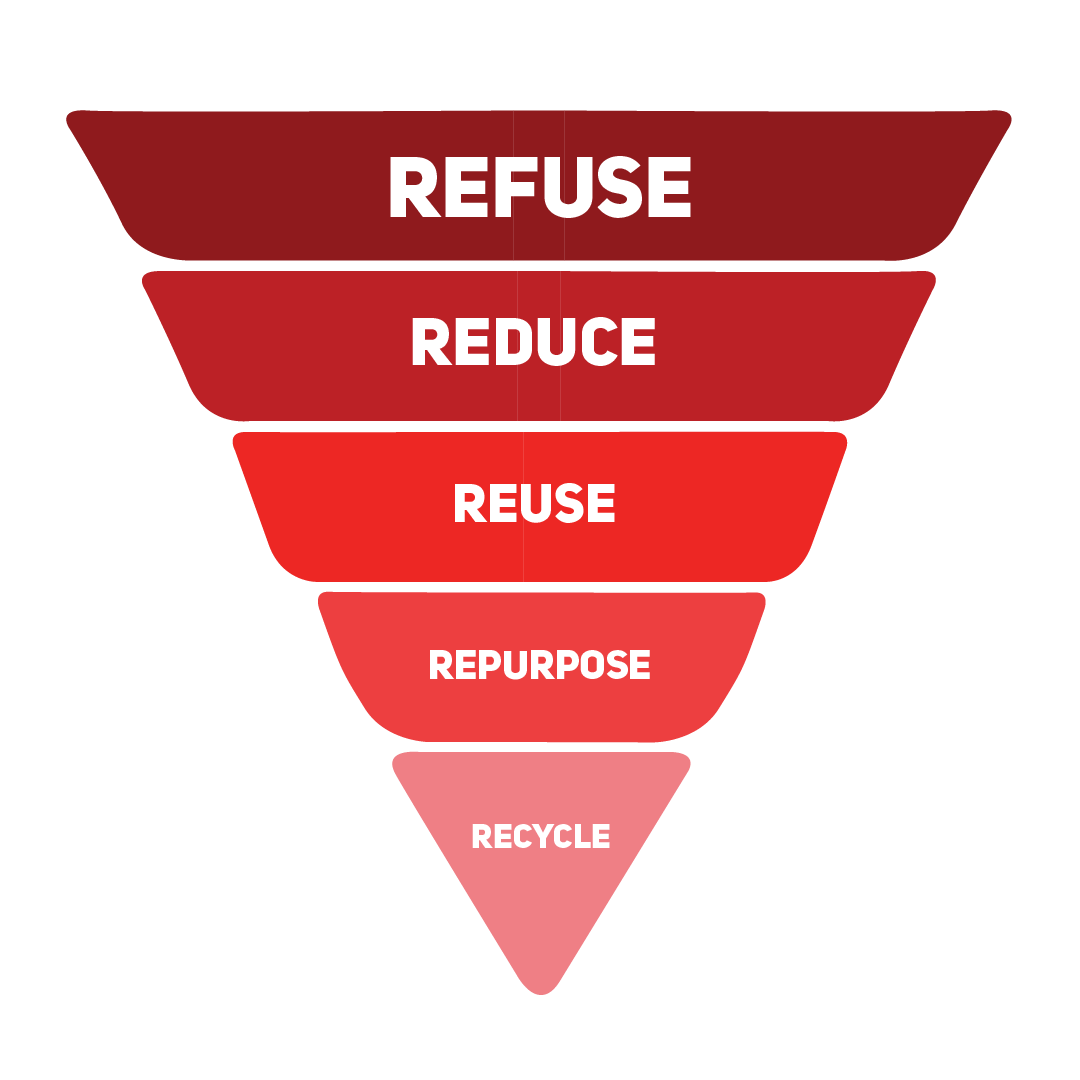
In this article, we will be discussing each of the 5 R’s and the advantages of following these within your business.
How to implement the 5 R’s of Waste Management
If you want to positively impact the outcome of your recycling program by reducing the amount of waste your company produces, this is the process you really need to consider. Always remember to treat recycling as a last resort and always try to follow the R pyramid in order to ensure that you can be as efficient as possible with your business waste.
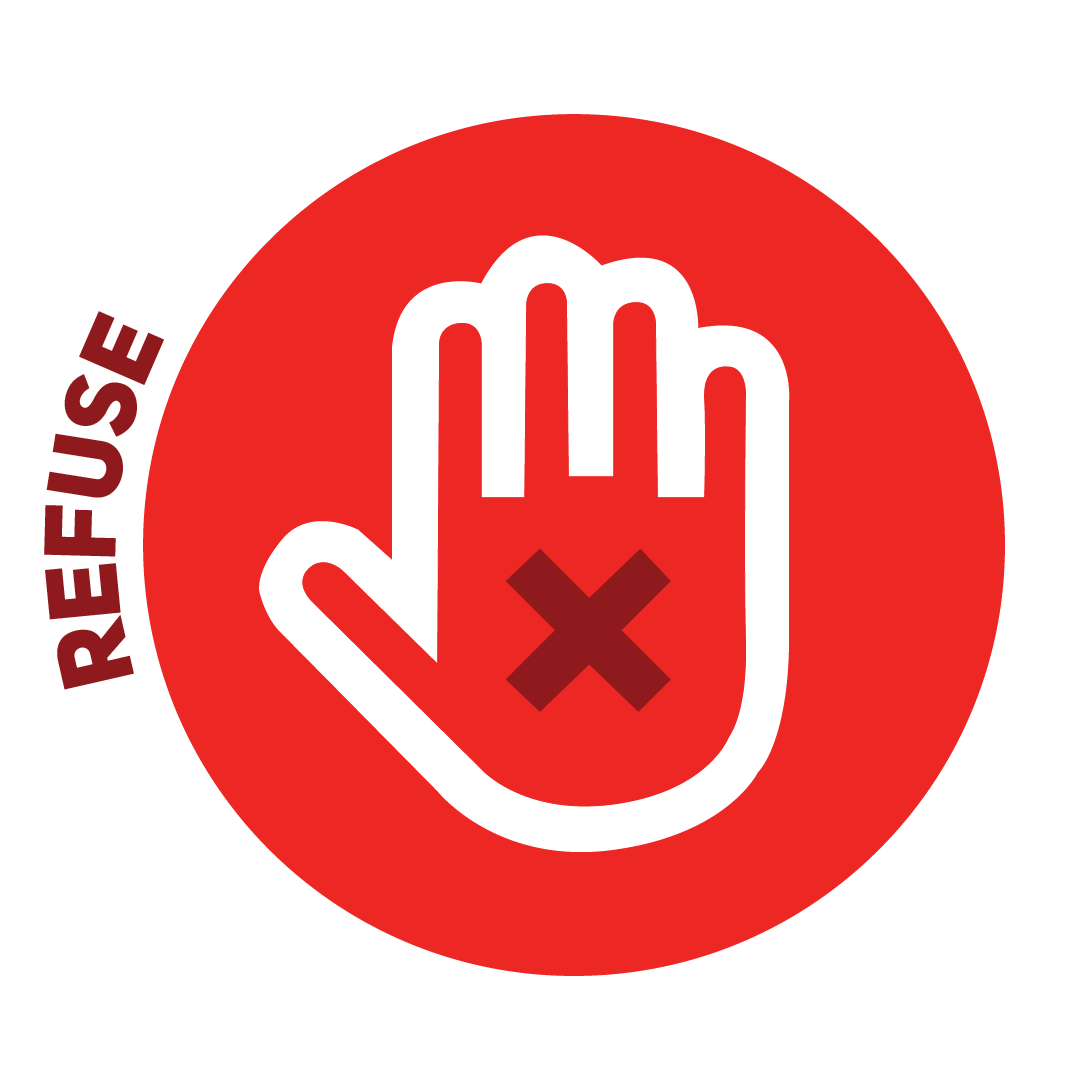
Step One: Refuse
The first step of the 5 R process. This can be a difficult one as you will have to practice refusing waste production for your business, however it this will be the most effective way to minimise waste. How? Well, by simply refusing to use single-use plastics or wasteful, non-recyclable products, you can ultimately reduce the amount of waste your business produces on the daily.
Ideally, you will want to talk to your procurement team to work out how you can approach this step most effectively. When you work with vendors or suppliers try to avoid working with unnecessary product packaging and attempt to opt for reusable or returnable packaging and containers.
By making smarter buying decisions and setting efficient standards early on in the process, this will make it much more easier for organisations to ‘refuse’ using waste that they don’t ultimately need or would turn out wasteful.
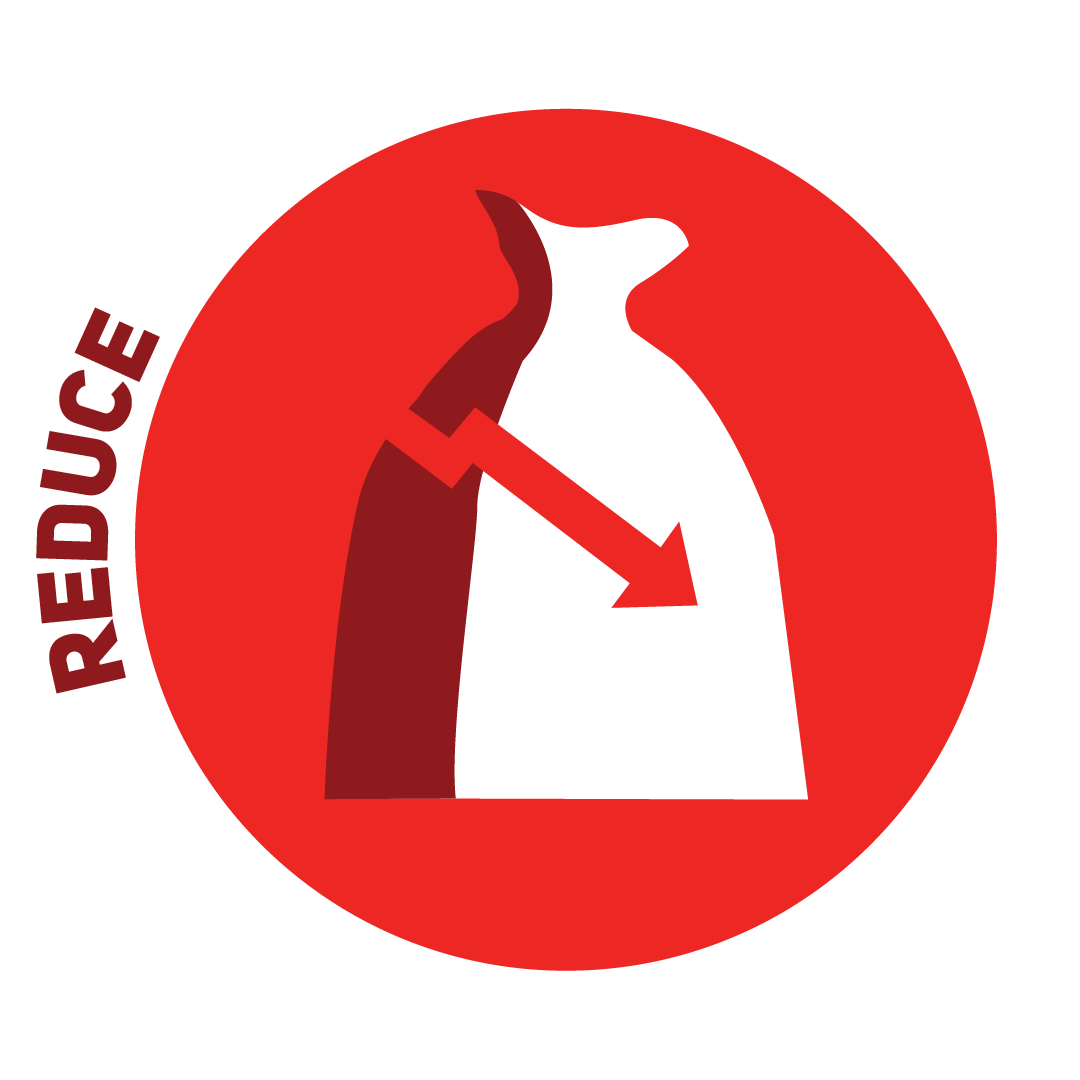
Step Two: Reduce
This is all about reducing your use of harmful, wasteful and non-recyclable materials to save you money, help the environment and so on. By limiting your dependency on these types of products, this leads to less waste materials ending up in landfill and prevents you from creating negative impacts on the environment.
We would always advise using the minimal amount required to avoid excess waste as these material and energy could then be used for future requirements. Once good example would be when printing a document, print double-sided to slash your waste output in half. Other methods involve reducing the amount of single-use plastics, plastic packaging and organic waste.
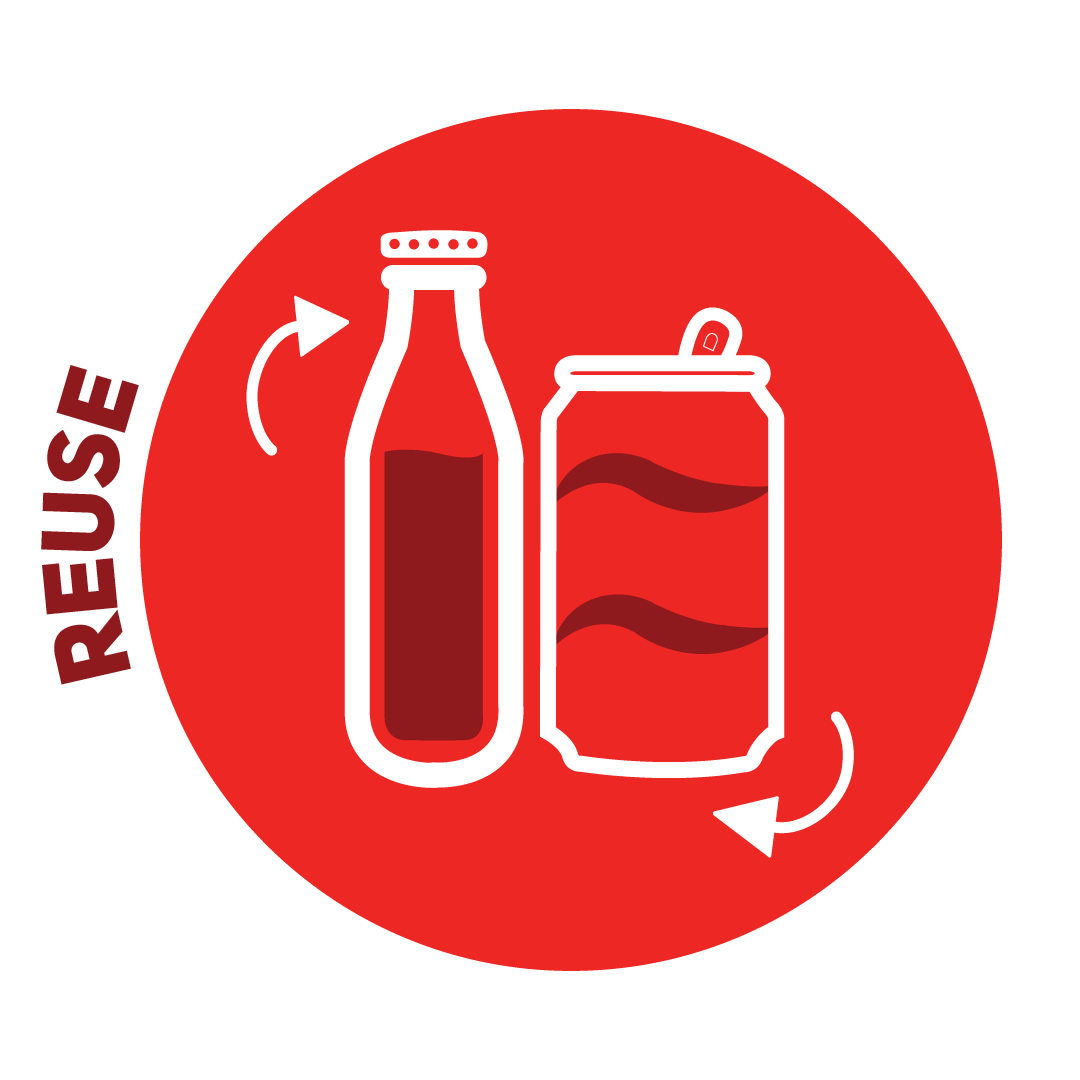
Step Three: Reuse
Single use plastics such as cups, straws, gloves and now masks have generated a ‘throw away’, ‘one won’t hurt’ culture. The rate that we all consume plastic products is drastically becoming unimaginable, the plastic crisis has always been one of the world’s biggest environmental challenges. In a race to reduce waste, businesses are prompted to reuse items in the workplace instead of replacing them.
All you need to do is start by focusing on a particular area within your business at one time, for instance the work kitchen. Try to replace all the single use utensils and equipment for compostable and reusable options. Once you successful master on environment in your business, find ways to reuse other products such as protective packaging, ink cartridges, food containers and even rechargeable batteries.

Step Four: Repurpose
If you can’t refuse, reduce or reuse a particular item, try repurposing it instead. The ‘green’ community often refers to this method as ‘upcycling’. You will quite often be surprised to learn how many everyday objects in the office can serve more than one purpose.
Sometimes, it will involve some imagination and creativity, but there are limitless possibilities with upcycling common objects found in the workplace. Try using leftover cardboard boxes for storage, leftover cups and mugs as stationary holders and even using binder clips to hold together small wires.
You could even designate a small space to an ‘upcycling station’ and here you can collect and store items that you can reuse for convenient purposes later on. Also, encourage your colleagues and visitors to leave behind their ‘unusable items’ and see what you can come up with to ensure they can still be effectively used.
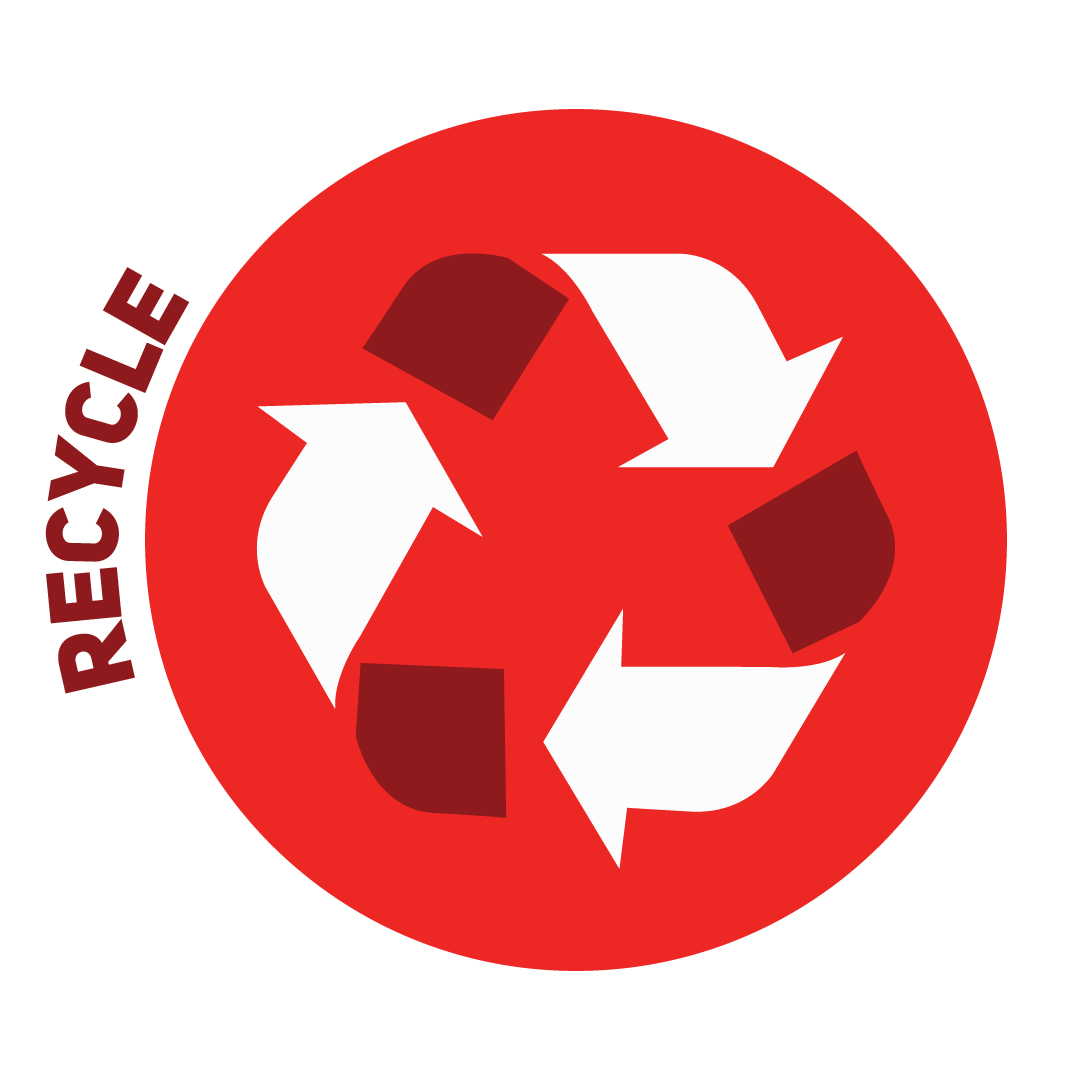
Step Five: Recycle
Last, but not least at all, we have recycle! Once you’ve ventured through all the other R’s, recycling is the most eco-friendly waste disposal method. If your business doesn’t recycle already, start by compiling cardboard, paper products, plastics, glass and organics. A lot of companies when they start recycling are instantly surprised by the amount of waste they reduce by implementing an effective recycling program.
Conclusion
So, after reading this, which of the 5 R’s could you introduce or improve on in your business? Strategise how you can approach your current waste production and disposal and see where you can make improvements for both the benefit of your business and the environment.
Let us know in the comments if you have any questions regarding these methods and if you like feel free to set up a time to have a chat with one of our friendly team members to discuss what actions you can take!
